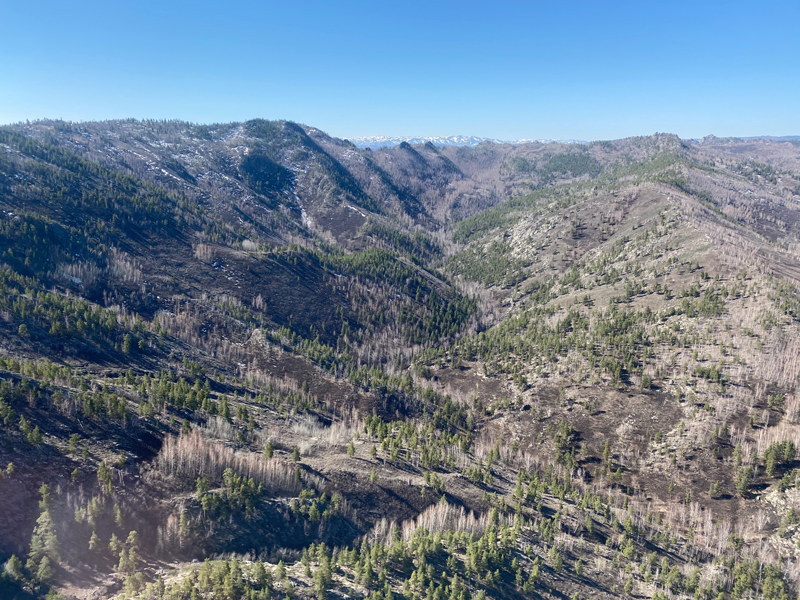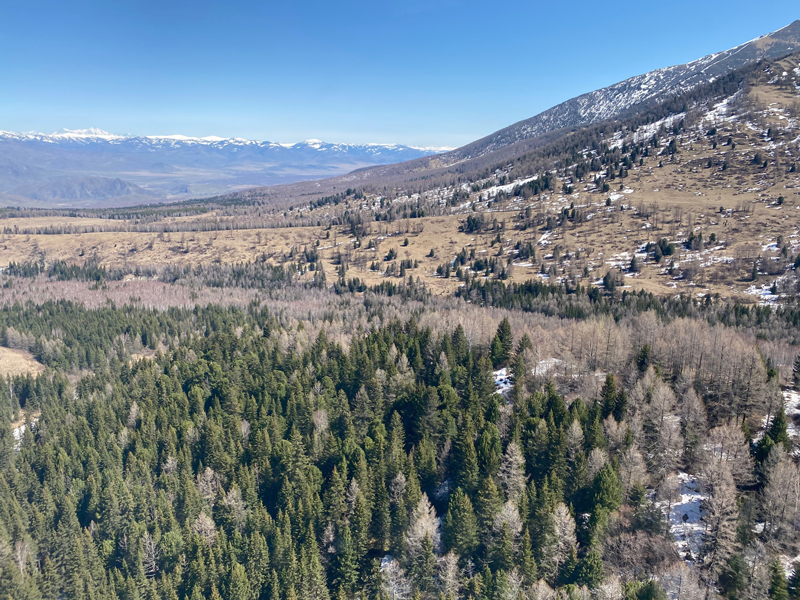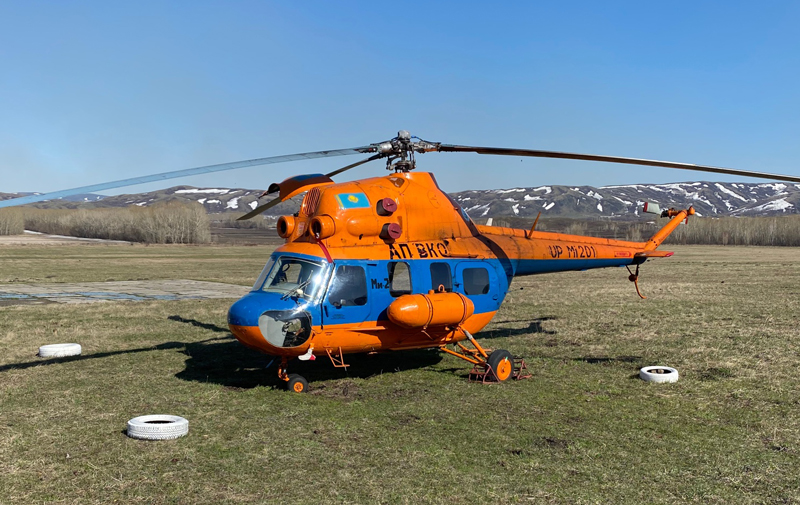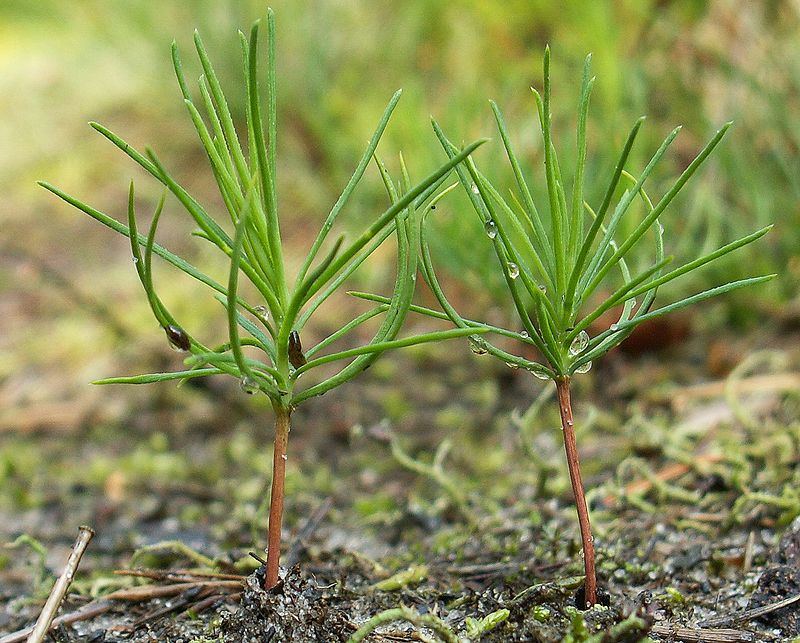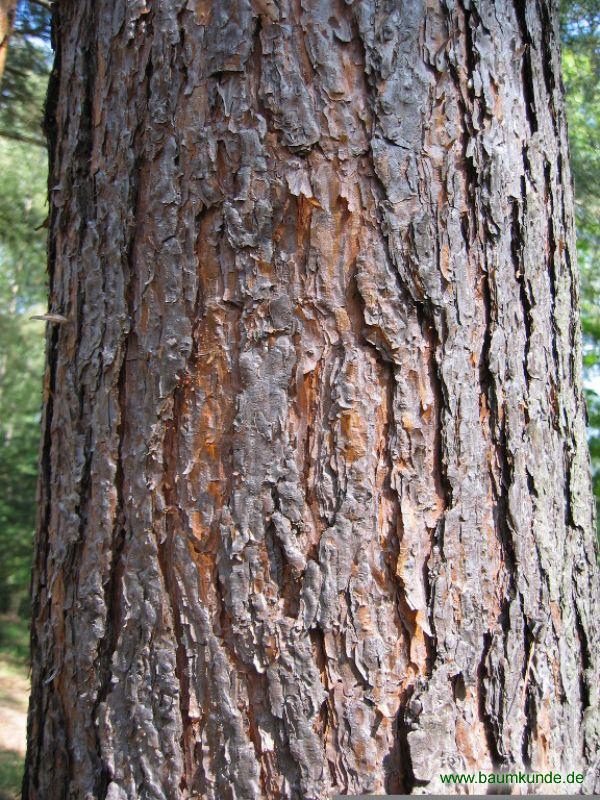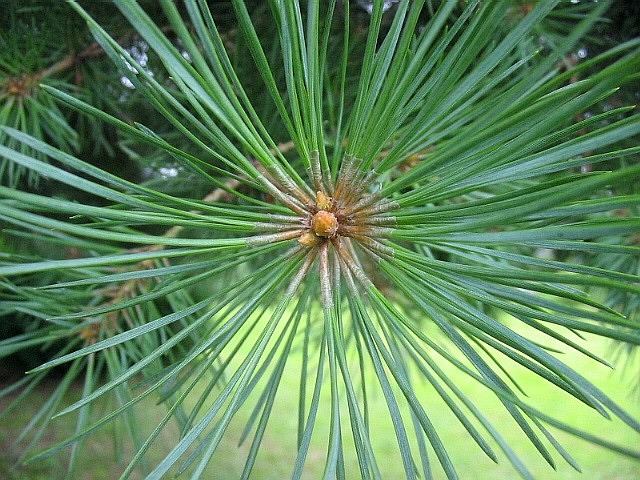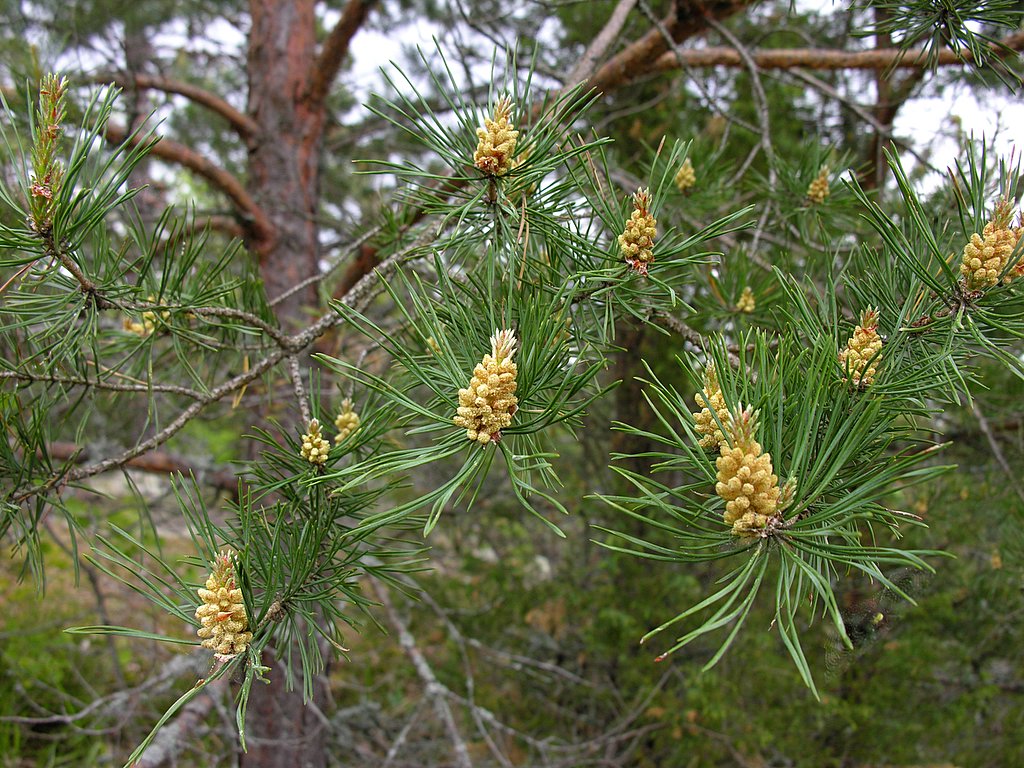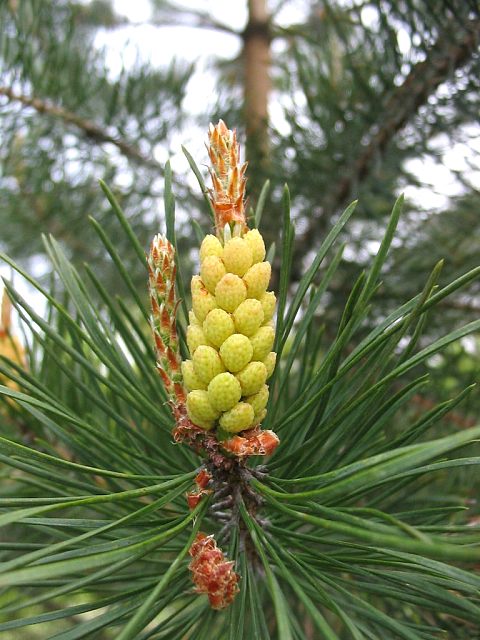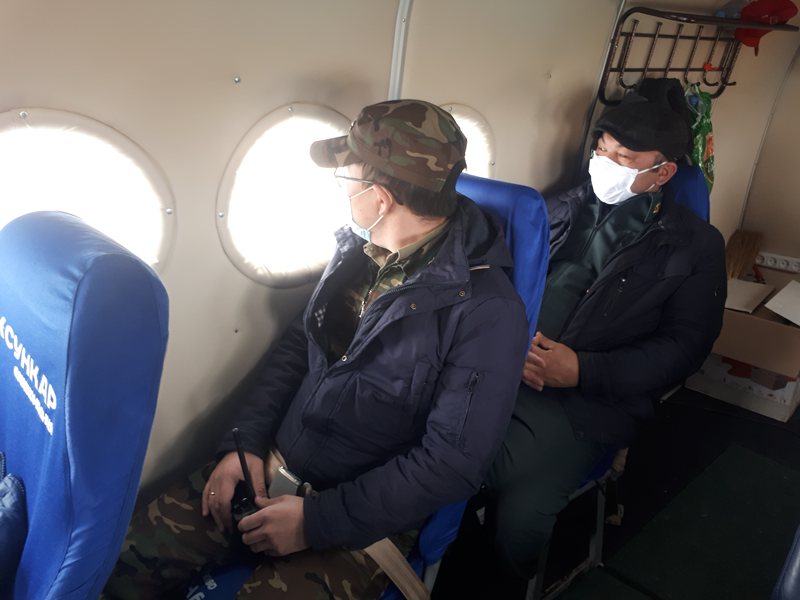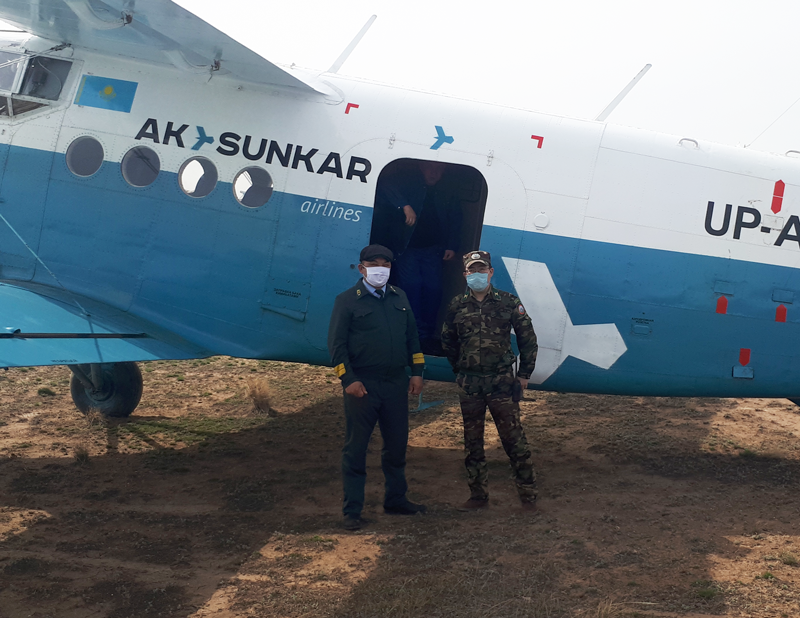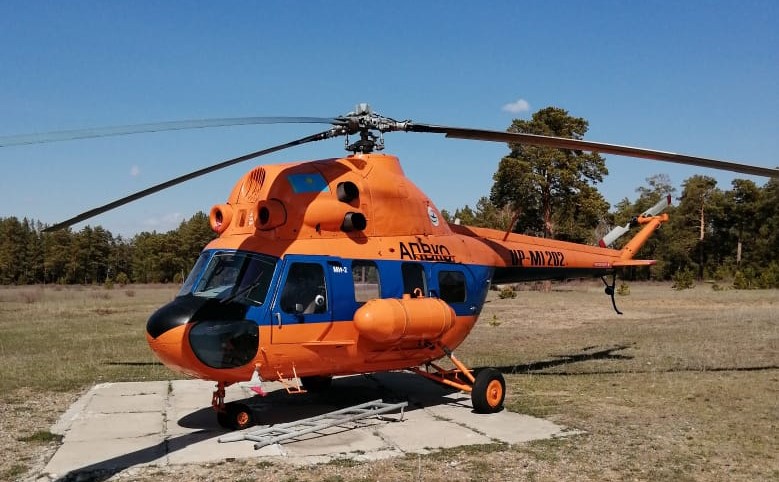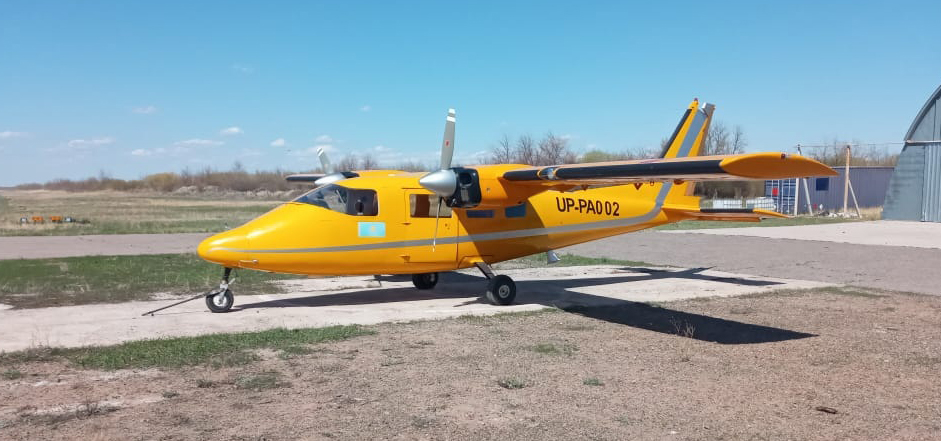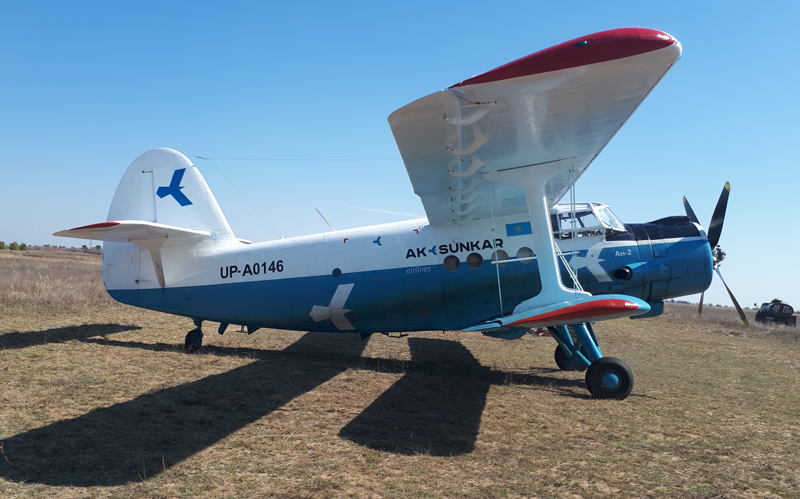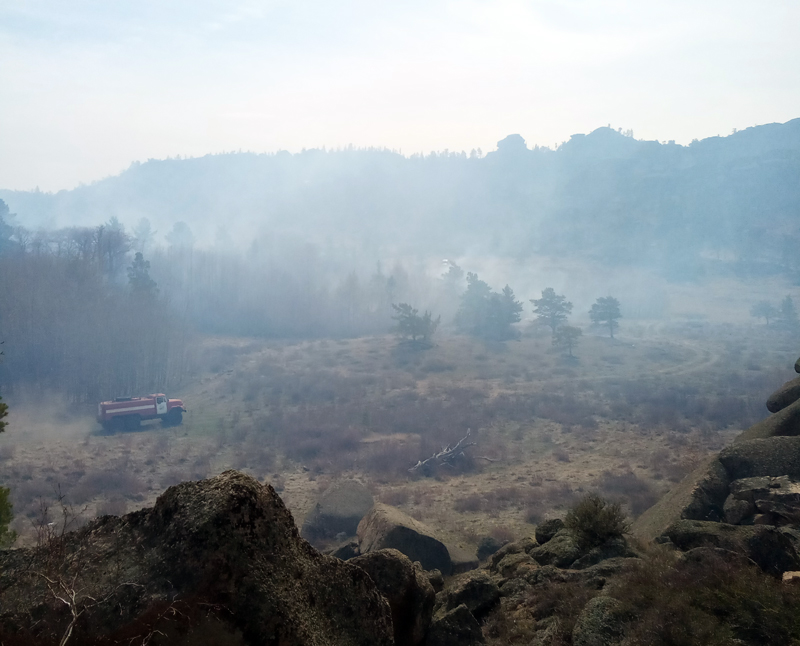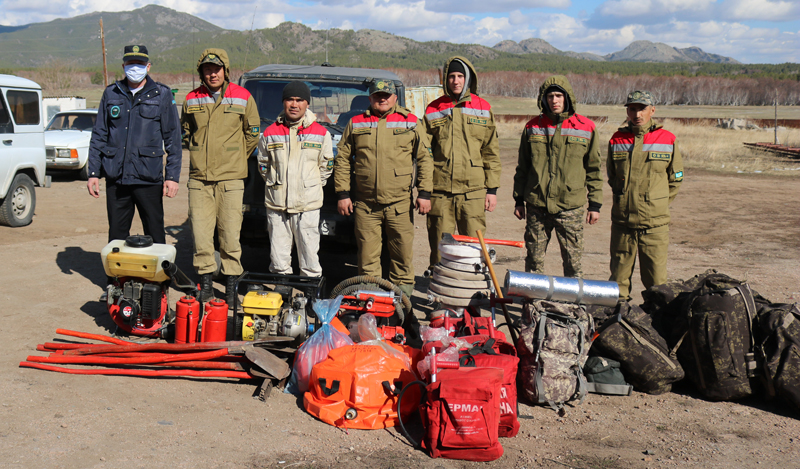On April 10, 2020, the Bayanaul aviation branch took part in a review of the institutions and divisions of the Bayanaul District responsible for organizing the suppression of large forest fires in the territory of the Bayanaul State National Natural Park. During the event, the equipment and readiness of organizations for emergency response (major forest fires) were checked. The review was attended by: Bayanaul Emergency Situations Department, Bayanaul GNPP and Bayanaul aviation branch of the State Enterprise "Kazavialesoohrana". The audit was organized by the Pavlodar OTI in conjunction with the Department of Emergencies in the Pavlodar region, according to the Plan to attract forces and means to extinguish forest fires on the lands of the Bayanaul GNPP.
The engagement of forces and means of fire protection units and emergency rescue units, other forces and means is carried out when an emergency mode is introduced in the territory of the region or the corresponding municipal district or if there are a number of forest fires that cannot be extinguished by firefighters themselves.
Fire extinguishing actions start from the moment a fire message is received and are considered completed upon returning the units to the place of permanent deployment, alerting the duty guard and equipment, and include:
1. receiving and processing calls;
2. departure and following to the place of a call (fire);
3. fire reconnaissance;
4. rescue, evacuation of people and property;
5. deployment of forces and means;
6. localization and elimination of combustion;
7. performance of special, emergency rescue and emergency operations during emergency response;
8. collection and return to units.
It is worth noting that actions to extinguish forest fires are carried out in accordance with fire extinguishing tactics, the requirements of the safety and labor protection rules for fighting fires, and can be carried out under conditions of high psychological and physical stress, increased risk, and direct danger to the life and health of the participants in the fire.

